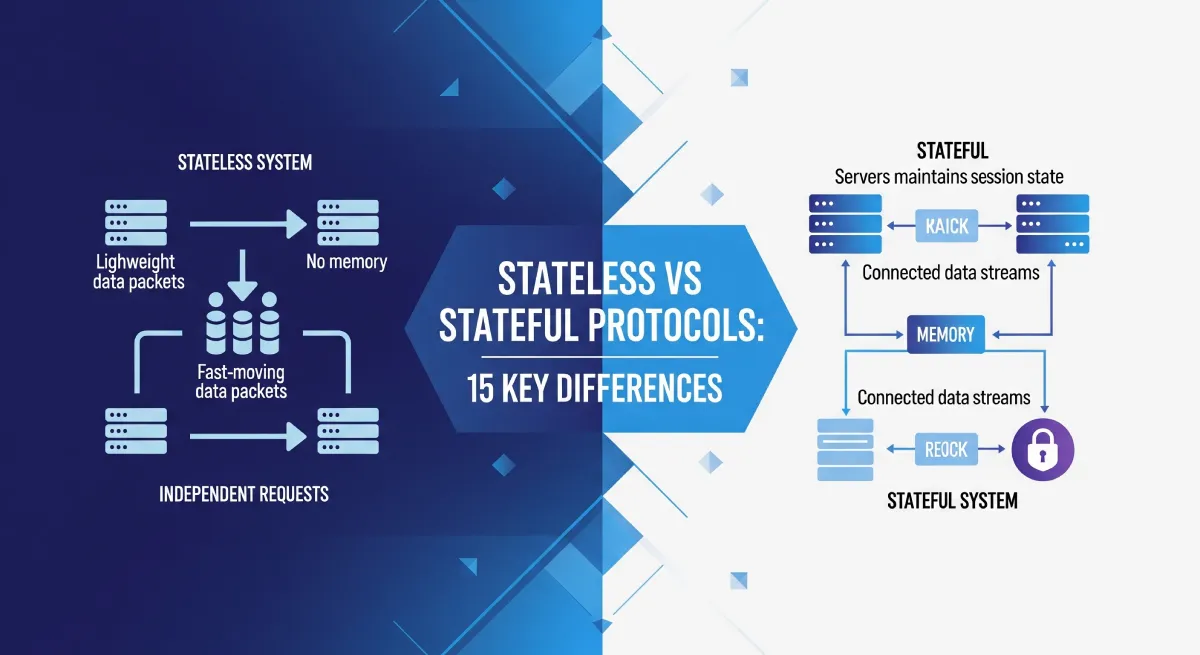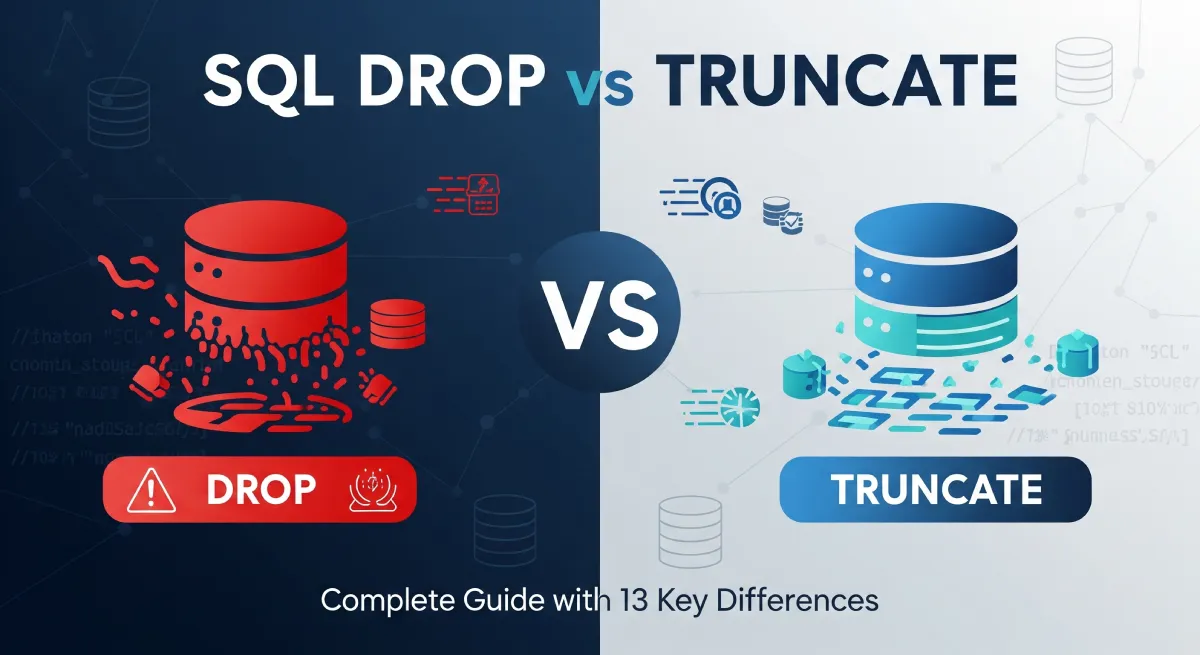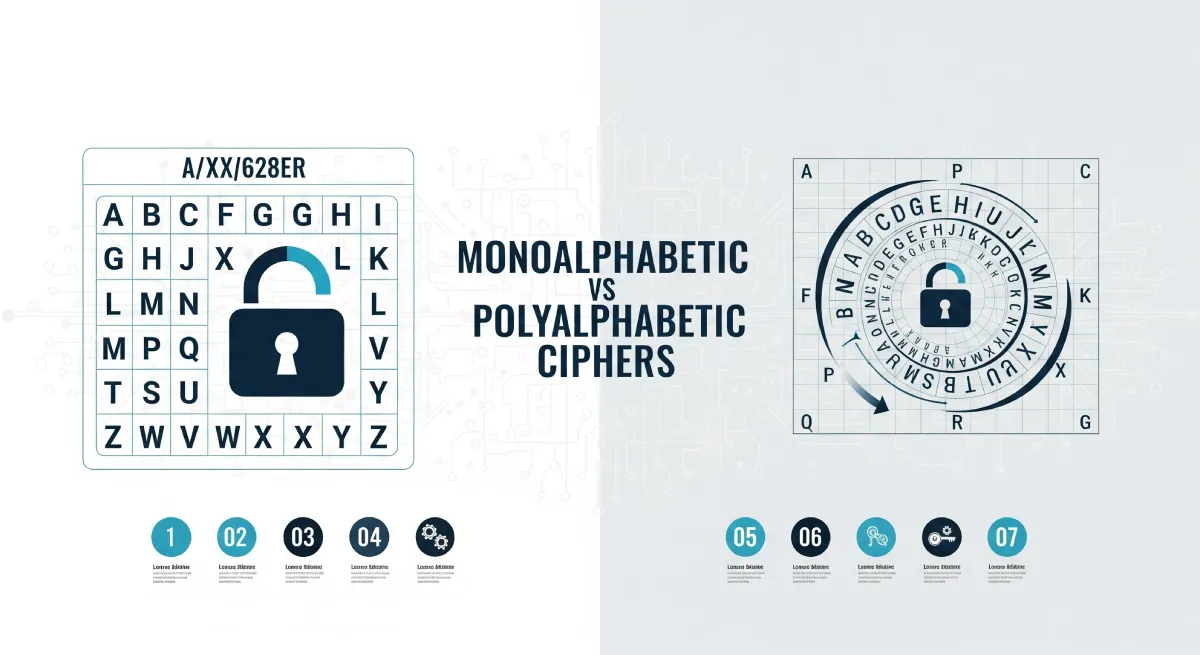In embedded systems, microprocessor vs microcontroller defines two essential computing units with distinct roles. A microprocessor handles complex computing tasks, while a microcontroller integrates memory, I/O, and processing in a single chip for embedded applications. Understanding their differences helps in selecting the right one for your needs.
Microprocessor
A microprocessor is a central processing unit (CPU) that is designed to perform arithmetic and logic operations in a general-purpose computing system. It requires external components like memory, peripherals, and interfaces to function as a complete system.
Example: The Intel Core i7 processor is a common microprocessor used in personal computers.
Advantages of Microprocessors:
- High processing power
- Ability to run complex operating systems
- Flexibility for diverse applications
Disadvantages of Microprocessors:
- Require additional components for functionality
- Higher power consumption
- May not be cost-effective for simple applications
Technical Characteristics:
- Single-purpose operations
- Typically used in personal computers, servers, and high-performance systems
- Higher clock speeds and processing cores
Use Cases and Applications:
- Desktop computers
- Laptops
- Servers
Microcontroller
A microcontroller is a compact integrated circuit that combines a CPU core, memory, and peripherals on a single chip. It is designed for specific tasks and embedded applications where real-time control and low power consumption are critical.
Example: The Arduino Uno board is based on the ATmega328 microcontroller.
Advantages of Microcontrollers:
- Cost-effective for simple applications
- Low power consumption
- Integrated peripherals for easy interfacing
Disadvantages of Microcontrollers:
- Limited processing power compared to microprocessors
- Cannot run complex operating systems
- Less flexibility for diverse applications
Technical Characteristics:
- Combines CPU, memory, and peripherals on a single chip
- Real-time processing capabilities
- Lower clock speeds compared to microprocessors
Use Cases and Applications:
- Embedded systems
- IoT devices
- Automotive control systems
Key Differences Between Microprocessor vs Microcontroller
Microprocessor | Microcontroller |
|---|---|
| Standalone CPU focused solely on computation | Integrated CPU with RAM, ROM, and I/O ports |
| Requires external components for operation | Can function as a standalone device |
| Typically used in general-purpose applications | Commonly used in embedded systems with specific functions |
| Higher processing speeds and performance | Lower processing speeds but optimized for specific tasks |
| Used in applications that demand high computational power | Applied in projects requiring low to moderate computing capabilities |
| Usually larger in size due to external support components | Compact in size due to integration of components |
| Requires more power due to separate components | Lower power consumption due to integrated design |
| Commonly found in desktop computers and servers | Found in appliances, automotive systems, and consumer electronics |
| More suitable for complex computations and multitasking | Ideal for real-time processing and control applications |
| Greater flexibility for customization and upgrades | Less flexibility but more cost-effective for mass production |
| Requires additional programming for peripheral interfacing | Simplifies programming with integrated peripherals |
| Often used in systems where space and power are not constraints | Prevalent in devices where size, power, and cost are critical factors |

Practical Implementation
To illustrate the difference between microprocessors and microcontrollers practically, let’s consider a simple LED blinking project implemented using both.
Microprocessor Implementation
In a microprocessor-based system, we can use an external timer IC to control the blinking frequency of an LED.
int main() {
setup_timer_interrupt(); // Setup timer interrupt
while(1) {
// Main loop
}
}
Microcontroller Implementation
With a microcontroller, such as an Arduino, the code is typically more integrated, as the microcontroller has built-in peripherals like timers.
void setup() {
pinMode(LED_PIN, OUTPUT);
// Setup timer or use delay function
}
void loop() {
digitalWrite(LED_PIN, HIGH);
delay(500);
digitalWrite(LED_PIN, LOW);
delay(500);
}
Step-by-Step Implementation Guide
1. Choose the platform (microprocessor or microcontroller).
2. Set up the development environment.
3. Write the code to control the LED blinking.
4. Compile and upload the code to the hardware.
5. Test the functionality.
Best Practices and Optimization Tips
- For microprocessors, utilize external peripherals for complex tasks.
- For microcontrollers, leverage built-in hardware features to simplify coding.
- Optimize code for speed and memory usage based on the target platform.
Common Pitfalls and Solutions
- Pitfall: Inadequate power supply for the LED causing dim blinking.
Solution: Ensure the power supply meets the LED requirements.
- Pitfall: Incorrect pin configurations leading to LED not blinking.
Solution: Double-check the pin assignments and configurations in the code.
Remember to adjust the code examples and implementation steps based on the specific microprocessor or microcontroller you are using.
Frequently Asked Questions
What is the primary difference between a microprocessor and a microcontroller?
A microprocessor is a central processing unit (CPU) that is designed for general-purpose computing tasks, while a microcontroller integrates a CPU with peripheral devices like memory, timers, and input/output ports on a single chip. Microcontrollers are typically used in embedded systems where specific functions are needed.
How does the architecture of a microprocessor differ from that of a microcontroller?
A microprocessor usually has separate components like memory, input/output interfaces, and timers, which are connected externally. In contrast, a microcontroller has these components integrated into a single chip, making it more suitable for applications where space and power consumption are critical factors.
Which one is better for applications requiring real-time processing – a microprocessor or a microcontroller?
For applications that require real-time processing, engineers generally prefer microcontrollers due to their integrated design and deterministic behavior. Designed for embedded systems, microcontrollers respond quickly to external events, ensuring precise timing and control.
Can a microprocessor be used in place of a microcontroller, or vice versa?
While it is technically possible to use a microprocessor in place of a microcontroller or vice versa, it may not be efficient or cost-effective. Microcontrollers are optimized for embedded applications, offering integrated solutions for specific tasks, whereas microprocessors are better suited for general-purpose computing where flexibility is key.
What are some common examples of applications where microprocessors are used, and where microcontrollers shine?
Microprocessors are commonly found in personal computers, servers, and high-level computing devices where complex calculations and multitasking are required. On the other hand, microcontrollers excel in applications like automotive systems, consumer electronics, industrial automation, and IoT devices that demand real-time control, low power consumption, and compact design.
Conclusion
In conclusion, the examination of microprocessors vs microcontrollers has unveiled crucial distinctions that play a pivotal role in determining the most suitable option for specific applications. Microprocessors excel in complex computational tasks, multitasking, and high-speed processing, making them ideal for tasks requiring significant computing power. On the other hand, microcontrollers shine in embedded systems due to their integrated peripherals, low power consumption, and cost-effectiveness.
To make an informed decision between a microprocessor and a microcontroller, consider the following criteria:
1. Computational Power: If your application demands intensive computing tasks and multitasking capabilities, opt for a microprocessor.
2. Embedded System Requirements: For projects requiring dedicated operation, low power consumption, and cost-effectiveness, a microcontroller is more suitable.
3. Peripheral Integration: Evaluate the need for integrated peripherals such as timers, ADCs, and communication interfaces, which are inherent in microcontrollers.
Based on these considerations, a clear recommendation emerges:
- Choose a microprocessor for tasks requiring substantial computational power and multitasking abilities.
- Opt for a microcontroller for embedded systems with specific functionality needs and stringent power constraints.
By carefully assessing these factors, you can confidently select the right processing unit that aligns with your project requirements and maximizes performance efficiency.



